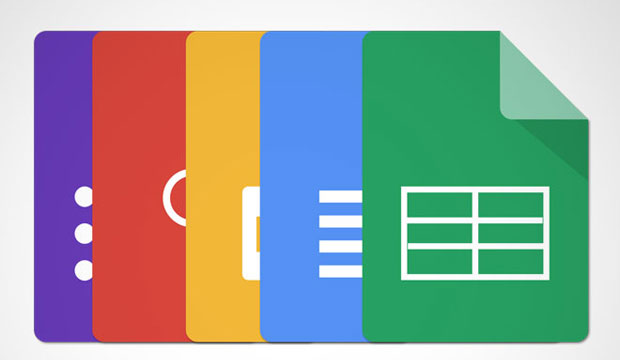Google on Wednesday introduced a number of collaborative features to its office productivity tools. The latest versions of Google Docs, Sheets and Slides will include new editing functionality that will enable office teams to work together in real time on the most up-to-date versions of their files.
The new features will ensure that every collaborator is working on the same document, explained Birkan Icacan, product manager for Google Docs.
Changes to the documents can be made not only via a desktop, as was possible with previous versions of the software, but also via Android and iOS mobile devices. Users also can approve or reject edit suggestions via the apps. Further, documents can be reviewed with Litera Change-Pro and Workshare add-ons.
Google has introduced new templates for Docs and Sheets, which should help save time on the formatting of documents. Included are new built-in add-ons that allow for greater customization, and tools specific to a particular workflow.
Google provided five new examples in the general template gallery: a new mutual nondisclosure agreement from LegalZoom and Docusign; as well as templates from Lucidchart, PandaDoc, EasyBib and Supermetrics.
Tracking the Changes
The new improvements to Docs address the fact that many documents aren’t written by a single person. These new tools are meant to accommodate the collaborative approach to document creation.
It’s typical to make dozens of edits with multiple team members when crafting a document, especially if it is a legal agreement, project proposal or research paper, Google noted. The new updates to Docs are designed to make it easier than ever for team members to manage the changes.
Among the new capabilities are the option to assign custom names as a way to maintain a historic record of a document’s progress; to track changes in the “version history” — which formerly was known as “revision history”; and to ensure that everyone on the team knows when a document truly is “final.”
Further, the new system will offer users the ability to view a “clean version” of a document so they can see what it would like without comments or suggested edits. Without strikeouts and other distractions, the “clean” preview would be easier to read.
“The new features focus on tracking changes and collaboration, and this bring it much more in line with Microsoft Office, which is one of Office’s strong points,” said Roger Entner, principal analyst at Recon Analytics.
In the process, “it removes one of the major criticisms that business users had with Google Docs,” Entner told the E-Commerce Times.
Tracking More Than Changes
The cloud-based model of Google Docs could be its greatest weakness, however.
“Google Docs for business has been a difficult sale, because Google wants to know what you’re doing, and businesses tend not to go for that,” said Roger Kay, principal analyst at Endpoint Technologies Associates.
“Consumers will make the tradeoff of privacy for access, but businesses often expect to pay for something and actually get it — not become the product themselves,” he told the E-Commerce Times.
“That’s the fundamental issue for Google Docs in business — that and Microsoft’s lock-in, which is not negligible,” added Kay.
Microsoft in recent years also took a hard turn and began migrating toward Google’s cloud-based mode, which paradoxically put Google a better proposition, noted Kay.
“If you’re going to have to give your information away to somebody,” he suggested, it “might as well be Google, because features are secondary.”
Google Docs’ stiffest competition might not come from Word 365, but from an organization’s legacy software, which still — at least, for now — runs on the latest versions of Windows.
“Some people are still getting along fine with Word 2000,” said Kay. “After all, what do you really need in a word processor? Yes, there’s collaborative stuff, workflow and whatnot — but I’m not sure features sell the platform.”





















































I think updating is Google’s favorite activity.. 🙂 But I hope that will be good update and make it more friendly for the user.